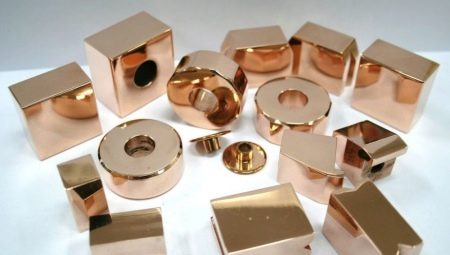In our review, we will dwell on the features and physicochemical parameters of the copper-berrylium alloy, better known as beryllium bronze. Let's talk about the physical and chemical characteristics, as well as the scope of this unique composition.
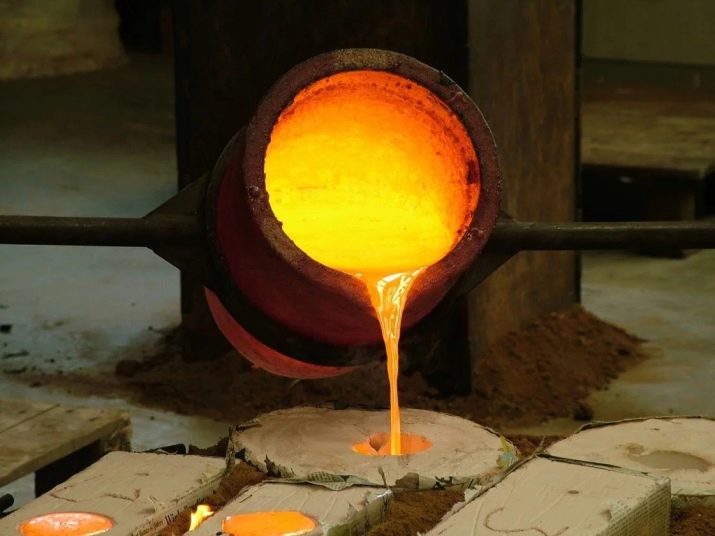
Definition
Beryllium bronze is a copper-berrylium alloy, comprising from 0.5 to 3% beryllium, in some cases other impurities may be added. Beryllium bronze is different:
- Increased density and strength in combination with non-magnetic characteristics and the complete absence of sparking.
- It is able to undergo any type of processing - cutting and molding.
- Alloy is widely used for the manufacture of instruments, including musical instruments, as well as high-precision instruments and bullets for firearms.
- Copper-beryllium found its application in aerospace technologies.
Important! Remember that alloys including any amount of beryllium are highly toxic and pose a danger to humans at the production stage.
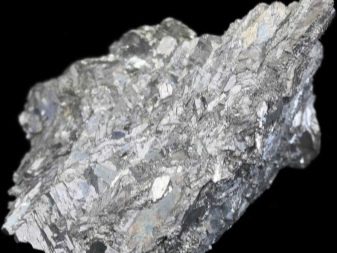
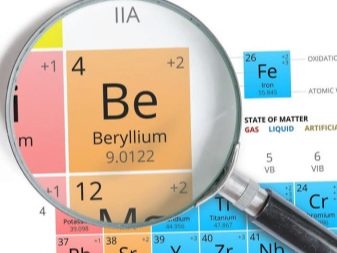
Beryllium bronze belongs to the group of so-called dispersion-hardening compositions. Their distinctive characteristic is the dependence of the solubility of the alloying ingredients on heating.
When quenching is performed from a single-phase region in the solid, an excessive number of atoms of the main alloying component is formed in comparison with the equilibrium state of such a system. The resulting concentrated solid solution is characterized by thermodynamic instability and a tendency to decomposition; this process is activated with an increase in the temperature level. The compaction effect is explained by the dispersion of the precipitates obtained as a result of the decomposition of substances.
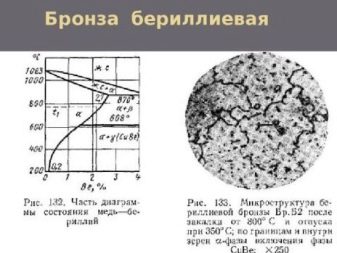
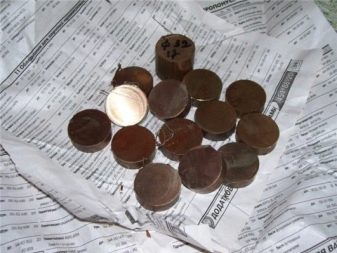
Structure
The chemical formula of beryllium bronze is BrB2, its composition is described in detail in the current GOST.
The alloy includes the following ingredients:
- copper 97-98%;
- beryllium 1.9-2.1%;
- nickel 0.2-0.5%;
- less than 0.5% of additives.
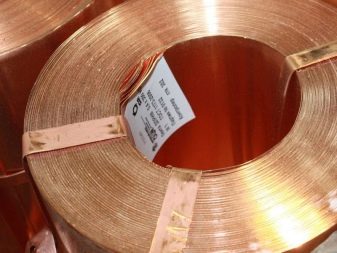
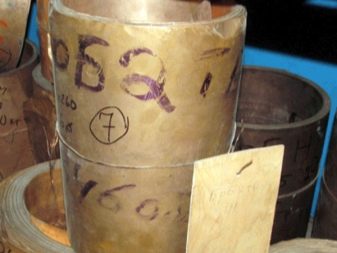
The most commonly used copper-beryllium compounds containing 2% beryllium, as well as copper-beryllium-cobalt alloys, where the percentage of beryllium does not exceed 0.8%. The first alloy was called high-alloy beryllium bronze, the second is classified as a low-alloy grade.
The properties
Beryllium copper has the following physicochemical characteristics.
- Overpriced electrical and thermal conductivity. In these parameters, the substance is only slightly inferior to copper.
- Increased elastic limit.
- Lack of sparking during mechanical shocks.
- High parameters of corrosion resistance, hardness and temporary resistance.
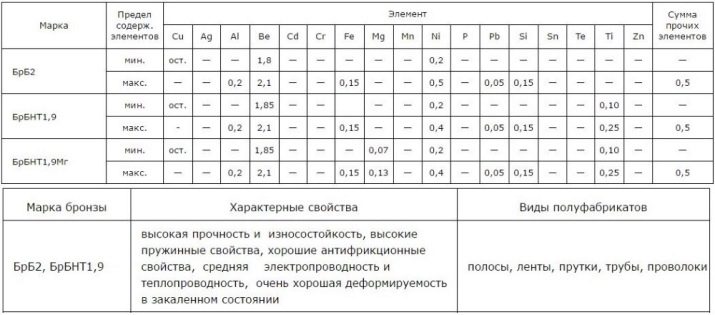
All these characteristics are maximally manifested for all moments when beryllium bronze is subjected to various processing and hardening methods. For example, when artificially aging the ultimate ductility, such substances reach after quenching, which is carried out at a temperature of about 770 degrees - in this state, beryllium bronze is extremely lightweight.
Typical resistance of the substance corresponds to 450 MPa. This parameter increases 2 times during plastic deformation of the alloy by 35-50%. As a result, after aging, which is performed immediately after the quenching process is completed, the mechanical properties of beryllium become extremely high.

The parameters of copper-beryllium composition that are critical for industry are far from being limited to those listed. All bronze alloys, the structure of which includes beryllium, are characterized by high heat resistance - products made from them can function without changing their capabilities at temperatures up to 340 degrees Celsius. And when heated to 500 degrees, the mechanical properties and density of any beryllium bronzes become completely identical in their indicators to aluminum, as well as tin-phosphate compositions at a standard operating temperature of about +20 degrees.
This property allows the use of beryllium bronze for the production of shaped castings of the highest quality.
In most cases, the alloy is produced in the form of semi-finished products that have passed the molding stage. Most often it is a thin tape, strip or wire.
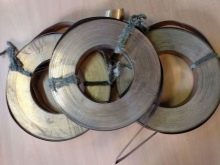
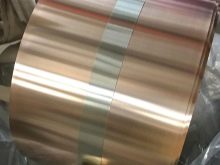

Beryllium alloys can easily be machined (cutting, brazing and welding). Although there are some restrictions on the above manipulations. So, any beryllium alloys should be soldered immediately upon completion of their mechanical stripping. In this case, silver solder, as well as flux, should be used. It is important that fluoride salts are necessarily present in the flux itself. In recent years, the so-called vacuum brazing has become very widespread - it is carried out under a thick coating of flux. Thus, unique product quality is ensured.
But electric arc welding today is practically not used when working with beryllium copper, since it has a significant crystallization thermal interval. Welding of suture, as well as spot and roller types in inert environments mastered in a fairly complete volume. It is worth adding that the specific mechanical characteristics of the material do not allow welding to be performed immediately after the heat treatment of bronze - this should certainly be remembered when considering the technology for processing them.
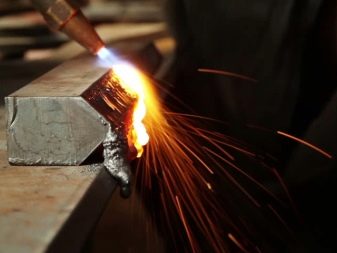
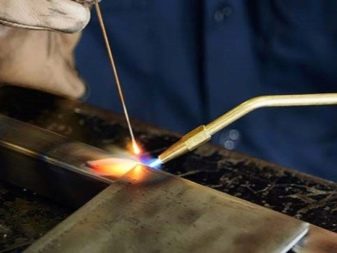
Special attention deserves such an indicator as cooling rate. This indicator should be extremely sharp in order to prevent the decomposition of the supersaturated solid composition. That is why, when selecting working quenching media, it is first of all necessary to proceed from critical speed indicators.These data confirm that during the hardening of bronze, the maximum cooling rates should be in the corridor of 500-250 degrees.
Slowed processes in this interval entail early release of the hardener and cause a decrease in the ability to further harden. The critical cooling rate, which allows to achieve the optimal combination of physical and technical characteristics, corresponds to 30-60 g / second for copper with the addition of beryllium. To achieve the desired value, the alloy is usually quenched in water. In order to reduce the critical speed parameters, a little cobalt is usually introduced into the alloy. Minimum additives of such a metal cause an increase in the resistance of the supercooled solution. Similarly, magnesium impurities can affect the resistance of bronze.
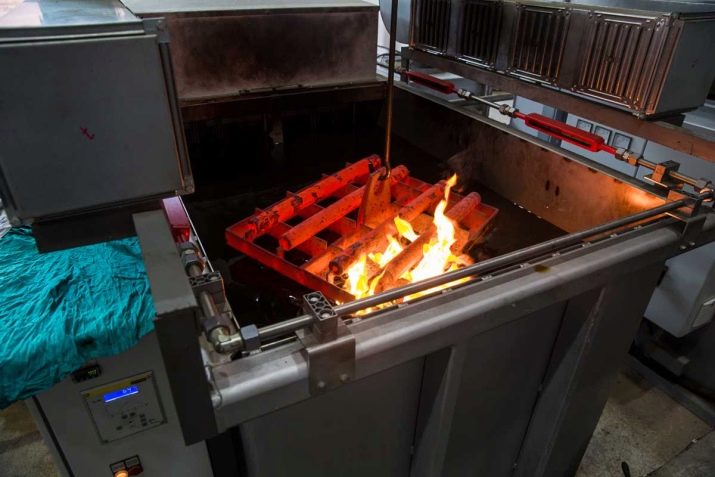
Application
Visually, beryllium bronze looks like a colored alloy, which together It is used in the manufacture of spring elements, wire, rods and some other elements that require configuration preservation. With frequent deformations and constant overloads, such a wire has increased electrical conductivity, it is used in low-frequency contacts for the manufacture of electrical connectors.
Strong non-magnetic and non-sparking beryllium copper found wide application in the manufacture of pliers, knife chisels, hammers and wrenches. Alloy optimal for handling certain explosive substances, for example, in grain elevators, oil rigs or in coal mines.
Beryllium-copper alloy is often used for making percussion musical instruments to ensure their translational tone and acoustic resonance - usually the material is in demand when creating triangles and tambourines.

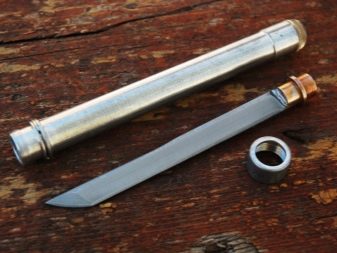
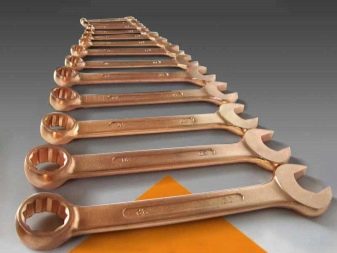
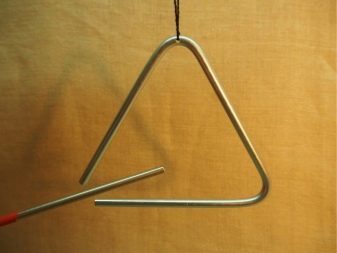
Widespread use of alloy for cryogenic equipmentapplied at the most lowered temperatures. For example, refrigerators. The relevance of using copper-beryllium in this area is explained by its strength and increased thermal conductivity in this temperature range.
Use composition for the production of firearm bullets. Although such an application is quite unusual, since a steel bullet is cheaper and at the same time have pretty similar characteristics. Copper-beryllium wire is available in several forms at once. It can be curly or flat, round or square, various straight layers, as well as coils or skeins, are on sale.
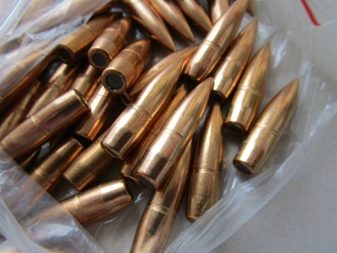
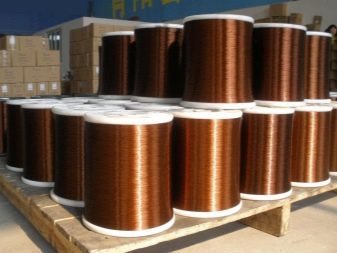
Interesting information about beryllium is presented in the next video.
